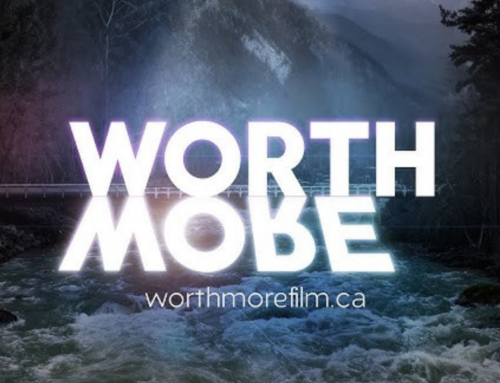Too often ethical debates occur apart from anyone who may be impacted by the outcome. They take place in ivory towers, away from the faces and the eyes that make you squirm, the people who will be hurt or destroyed by decisions made on their behalf. This is what philosopher Eva Kittay wrestles with in her discussions with bioethicists such as Peter Singer and Jeff McMahan in “The Personal is Philosophical is Political: A Philosopher and Mother of a Cognitively Disabled Person Sends Notes from the Battlefield.” When we look into the eyes of another, especially if that person is our son or daughter, it changes us. We begin to understand what it means to be created in the image of God, to be fearfully and wonderfully made.
Musicians and worship leaders Michael and Lisa Gungor had this experience when their daughter Lucie was born. First came the shock: “I can still see the nurses face, see the anxiety in the posture of her body and movement of her hands as she said ‘she has features that are consistent with Down Syndrome….'” Then, after friends and family, left Lisa writes:
And then I remember Michael coming back into the room; everyone leaving, and him tenderly putting his hand on my me.
“For You created her inmost being…”
I broke.
“You knit her together in her mother’s womb….she is fearfully and wonderfully made…”
We sobbed in unbearable pain.
But in the same moment, something else happened….I have not ever and may never again feel such an insurmountable force of love.
 Take a moment to read the whole beautiful post by Lisa. The Gungors wrote a song for Lucie titled “Light” that I will include at the end of this post. The music video and album “One Wild Life: Soul” were released only recently and you can purchase the whole album here. With a six-year-old Lucy of my own, I can only imagine the journey the Gungors have been on, but am thankful for their courage to share their story.
Take a moment to read the whole beautiful post by Lisa. The Gungors wrote a song for Lucie titled “Light” that I will include at the end of this post. The music video and album “One Wild Life: Soul” were released only recently and you can purchase the whole album here. With a six-year-old Lucy of my own, I can only imagine the journey the Gungors have been on, but am thankful for their courage to share their story.
A couple of weeks ago, the Meeting House church in Oakville, Ontario hosted a learning opportunity for a number of key volunteers across the province and they watched this video, along with hearing stories from people in their community and being equipped with valuable resources. Consider possibilities for your own faith community. How can accessibility go from something that is talked about theoretically to encounters with real people? Perhaps sharing these stories is somewhere to start.


